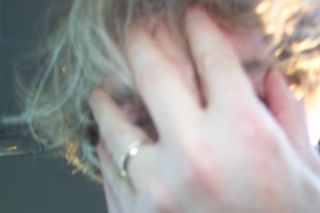Honest Injun, It Was Racist
 I was a four-eyed bookworm living in a Chicago suburb during the Nixon administration. In addition to Halloween, my favorite autumn rituals were reading The Chicago Tribune’s feature Injun Summer and making our family’s annual trek to Lawrence, KS, for Thanksgiving.
I was a four-eyed bookworm living in a Chicago suburb during the Nixon administration. In addition to Halloween, my favorite autumn rituals were reading The Chicago Tribune’s feature Injun Summer and making our family’s annual trek to Lawrence, KS, for Thanksgiving.In John T. McCutcheon’s Injun Summer, a crusty old-timer regales his grandson about the magic of the season. He asserts that “injun sperrits” return to their ancient land, where they can be seen “hoppin’ round” with their “pipes a’goin.’” . Red leaves were evidence that “war paint rubbed off’n an injun ghost.”
I was enamored of this folksy text, and the implication that the very ground where our tract home stood might once have been the scene of a great “redskin” nation practically blew the Cubs cap off my impressionable head.
Each November, dozens of family and friends would reunite at the old Victorian home on Lawrence’s Ohio Street. My grandmother would hire about six young women from Haskell Indian College to help her prepare and serve the feast. A demanding matriarch, my grandmother never hesitated to instruct me how to act and appear. She was even tougher on the young Native Americans. If a casserole was served late, or if a child’s spilled glass wasn’t immediately replaced, a world of pain would ensue.
Even as child, I was aware of the cruel irony of being served by these beautiful women for whom the holiday surely represented staggering tragedy. It’s clear today that both The Tribune’s feature and my family’s behavior were demeaning, patronizing and at best, only unintentionally racist. That a major newspaper would run such a piece for over fifty years shows just how differently mainstream society perceived (or failed to perceive) the issue.
These memories return as I rake leaves thirty years later. And so help me, I still squint to see teepees on the horizon, and if I listen closely, I can sometimes hear the ancient drums of the ghosts haunting this land.



0 Comments:
Post a Comment
<< Home